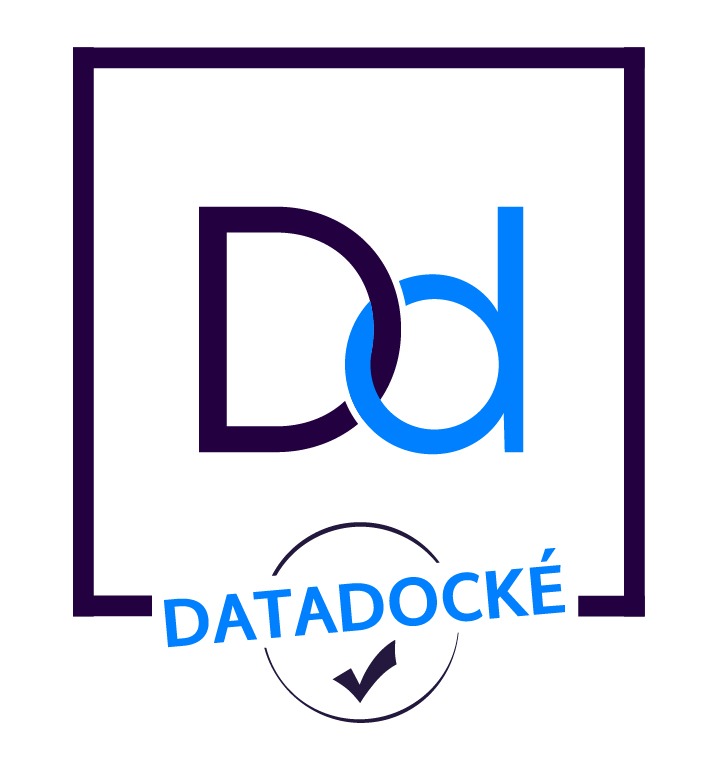Numerical methods for Large Eddy Simulation
From Monday 20 April 2020 to Friday 24 April 2020
Training
 Postponed
Postponed
Deadline for registration: 15 days before the starting date of each training
Duration : 5 days (35 hours)
Abstract
The AVBP code is a parallel code of fluid mechanics that solves compressible Navier-Stokes equations for laminar and turbulent reactive flows, in 2D and 3D, on unstructured and hybrid meshes, with third order Taylor Galerkin schemes. The resolution of these equations is based on the Large Eddy Simulation (or Large Eddy Simulation) approach. Reduced chemical kinetics according to the Arrhenius law coupled to the TFLES model for sub-grid flame-turbulence interactions make possible to treat combustion phenomena. AVBP can also calculate two-phase flows using a Lagrangian or Eulerian solver. AVBP applies to aeronautical combustion chambers, turbomachinery, industrial furnaces and safety issues, it allows for example to evaluate polluting emissions (CO, NOx and soot), to treat thermo-acoustic instabilities or detonation phenomena. AVBP is a world-famous code in the field of combustion, used by many laboratories (IMFT in Toulouse, EM2C in Centralesupelec, TU Munich, Von Karmann Institute, ETH Zurich, etc.) and in industry (SAFRAN AIRCRAFT ENGINES, SAFRAN HELICOPTER ENGINES, ARIANEGROUP, HERAKLES, TOTAL, etc.).
Objective of the training
The objective of the training is twofold: firstly, to understand the fundamental principles of Large-Scale Simulations for compressive reactive two-phase flows: numerical methods, boundary conditions, LES approach and closure models for LES, combustion as well as two-phase flows through theoretical courses; on the other hand, to learn how to use the AVBP code on the perimeter of two-phase reactive flows through tutorials supervised by experts of the code.
Learning outcomes
At the end of the training, participants will be able to:
• Describe the equations solved in AVBP for computing reactive turbulent two-phase flows.
• Specify the available models to deal with characteristics input and output boundary conditions, wall treatments, chemical kinetics, sub-grid interactions (turbulence and turbulence-flame), two-phase flows.
• Set up the computation of a reactive two-phase turbulent flow in a given geometry, from the generation of the initial solution of and the boundary conditions, through the parametrization of the computation in terms of numerical and physical models, to the launching of the computation on parallel computing machine, and until post-processing of the results.
Teaching methods
The training is an alternation of theoretical presentations and practical work. A multiple choice question allows the final evaluation. The training room is equipped with computers, the work can be done in sub-groups of two people.
Target participants
This course is intended for engineers, physicists, computer scientists and numerical analysts wishing to learn the LES reactive turbulent two-phase flows and how to use the AVBP code.
Prerequisites
In order to follow this course, you need to:
- Know Unix commands.
- Have basic knowledge of Fortran.
- Know numerical flow simulations.
- Have level B2 of the CEFR (the training can take place in French or English depending on the audience).
To verify that the prerequisites are satisfied, the following questionnaires must be completed. You need to get at least 75% of correct answers in order to be authorized to follow this training session. If you don’t succeed it, your subscription will not be validated. You only have two chances to complete them.
Questionnaire 1 : https://forms.gle/VpxDVSGM1hgkf1XT7
Questionnaire 2 : https://forms.gle/SNzUrtReUPDBQsKz9
Questionnaire 3 : https://forms.gle/DW8Hm74wpiLjYtCk7
Referent teacher: Eleonore Riber
Fee
- Trainees/PhDs/PostDocs : 350 € excl. tax
- CERFACS shareholders/CNRS/INRIA : 1000 € excl. tax
- Public :2000 € excl. tax
Program
(Every day from 9h to 17h30)
Day 1 – Introduction to LES / numerical methods
. 9h00: Welcome and coffee
· 9h45: LES of reactive compressible flows – Introduction
· o The differences between RANS and LES methods.
· o The computational codes for LES.
· 10:45: How AVBP works
· o Input files – scripts – general organization – installation on machines, accounts, organization of compuations
· 11h30: How Paraview works
· 14h00: Numerical schemes for LES. Dissipation and dispersion of waves. Implementation of numerical schemes into AVBP.
· 15h00: Tutorials: measurement of dispersion and dissipation, effect of the mesh and the numerical scheme for two canonical cases: convection of a 2D vortex and growth of an unstable linear shear layer.
Day 2 – Boundary conditions
• 9:00 : Boundary conditions for compressible flows: method based on characteristics.
• 9h45: Implementation of the boundary conditions into AVBP code.
• 10h30: Tutorials: simulation of one-dimensional acoustic waves through boundary conditions. Propagation wave generation.
• 14:00: Tutorials: manipulating of boundary conditions to simulate or produce reflecting and non-reflecting boundary conditions. Application to 2D vortices at the exit of computational domain.
Day 3 – LES of gaseous reactive flows
• 9:00: LES of reactive flows: thermodynamics, chemical kinetics, laminar flames, turbulent combustion models, closure models for LES and near-wall modelling.
• 10h30: Tutorials: LES post-treatment of turbulent channels. Effects of the sub-grid scale modelling, the near-wall model and the mesh refinement.
• 14h00: Tutorials: simulation of a one-dimensional laminar flame (initialization of the flame with CANTERA) with and without thickened flame model.
• 16:00: Tutorials: post-treatment of LES for swirled propane-air flames.
Day 4 – LES of two-phase reactive flows
• 9h00: LES of two-phase reactive flows: Euler-Euler (EE) and Euler-Lagrange (EL) approaches, evaporation, injection, drop-wall interactions, two-phase combustion models.
• 10h30: Tutorials: simulation of two-phase canonical cases using EE and EL approaches.
• 14h00: Tutorials: simulation of a one-dimensional two-phase laminar flame.
• 16h00: Tutorials: LES of a n-heptane/air swirled burner.
Day 5 – Detailed analysis of the LES – Find the differences
• 9:00: Tutorials: find the differences on a three-dimensional LES, deliberately full of errors.
• 14h00: Personalized afternoon: participants are invited to discuss their objectives, perspectives, problems encountered when using AVBP with the researchers of CFD team.
Final examination
A final exam will be conducted during the training.
Pre-registration
No content defined in the sidebar.

